In today’s game, elite-level footballers are not just technically gifted — they are physically optimized to perform their specific roles with intensity, precision, and endurance. Gone are the days of generic fitness sessions; modern pros follow conditioning routines tailored to their positional demands. In this article, we break down position-specific conditioning drills, why they matter, and how to train like a modern pro.
Why Position-Specific Conditioning Matters
Football is a game of constant transitions, high-intensity sprints, sharp decelerations, and repeated explosive efforts. However, the nature and frequency of these actions vary greatly by position:
- Center-backs need strength, quick reactions, and aerial dominance.
- Fullbacks cover the most distance, requiring repeated sprint ability and recovery speed.
- Central midfielders rely on aerobic capacity, sharp turns, and agility in tight spaces.
- Wingers demand acceleration, 1v1 explosiveness, and high-speed endurance.
- Forwards must combine sharp movement with anaerobic bursts and shooting under fatigue.
By training with drills that simulate these role-specific actions, players can build match-relevant fitness that translates directly to performance.
Key Conditioning Principles
Before diving into the drills, keep these principles in mind:
- Specificity: Train movements you perform in games.
- Intensity over volume: Modern football values high-intensity, game-speed efforts over long, slow runs.
- Recovery management: Use structured rest to mimic match demands.
- Integrated design: Blend technical, tactical, and physical components when possible.
Drills by Position
Center-Backs: Reactive Power and Aerial Duels
Drill: Reactive Sprint + Duel Jump
Setup: Start cone, dummy opponent, aerial ball delivery zone.
Execution: On coach’s signal, backpedal 5m, then explode forward to win a header or clear an aerial ball.
Focus: Acceleration from a static or backpedaling position, aerial timing, upper-body power.
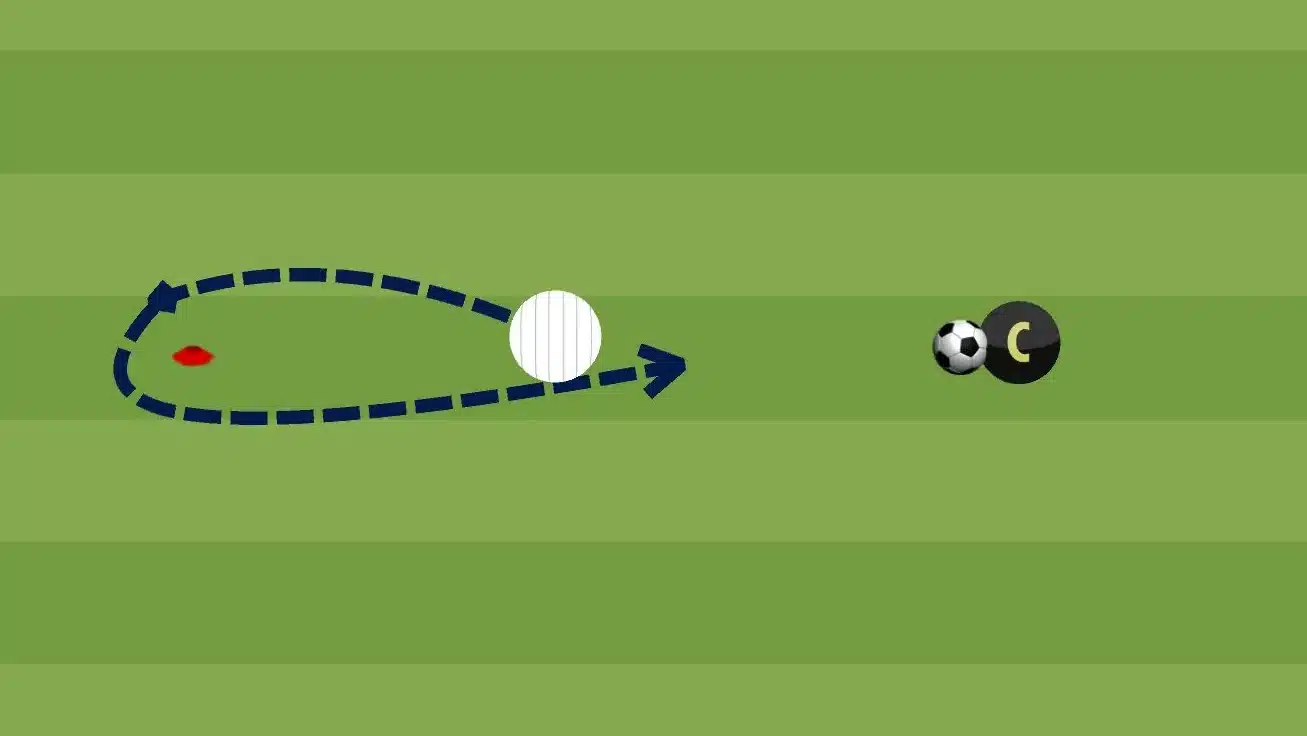
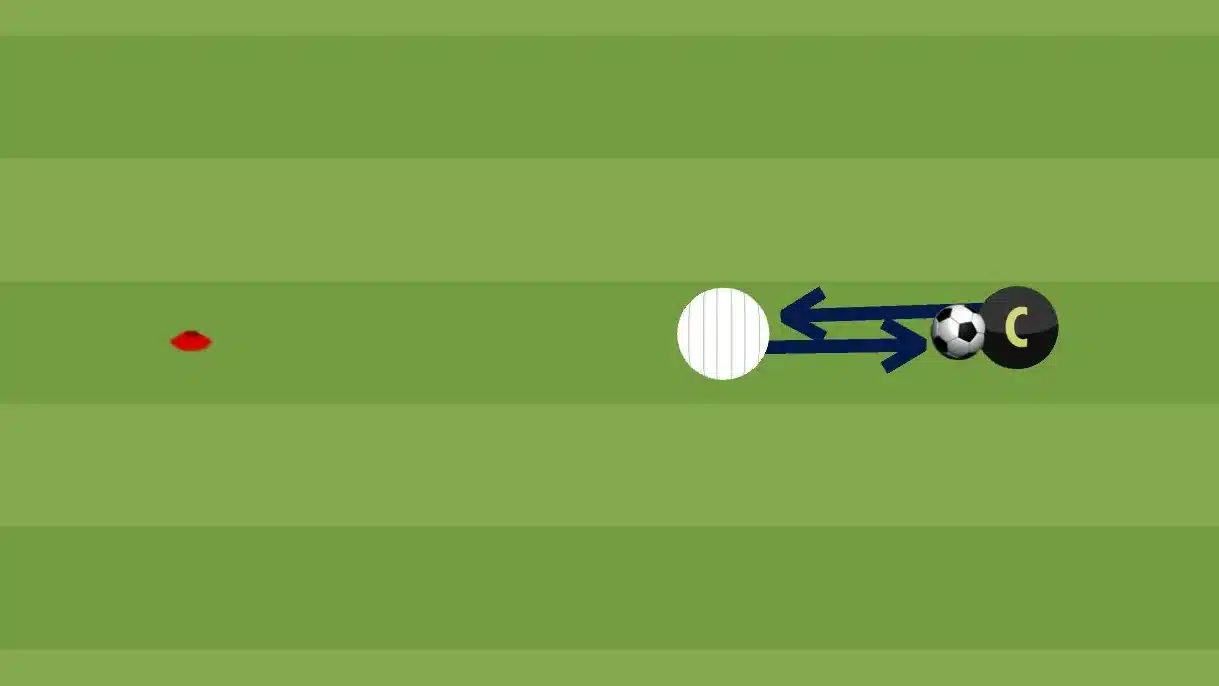
Drill: 1v1 Box Defending Intervals
Setup: Small 10x15m box, attacker vs defender.
Execution: 10-second duels, defender must prevent the attacker from exiting the box through the cones.
Focus: Agility, strength, recovery sprints, defensive reactions.
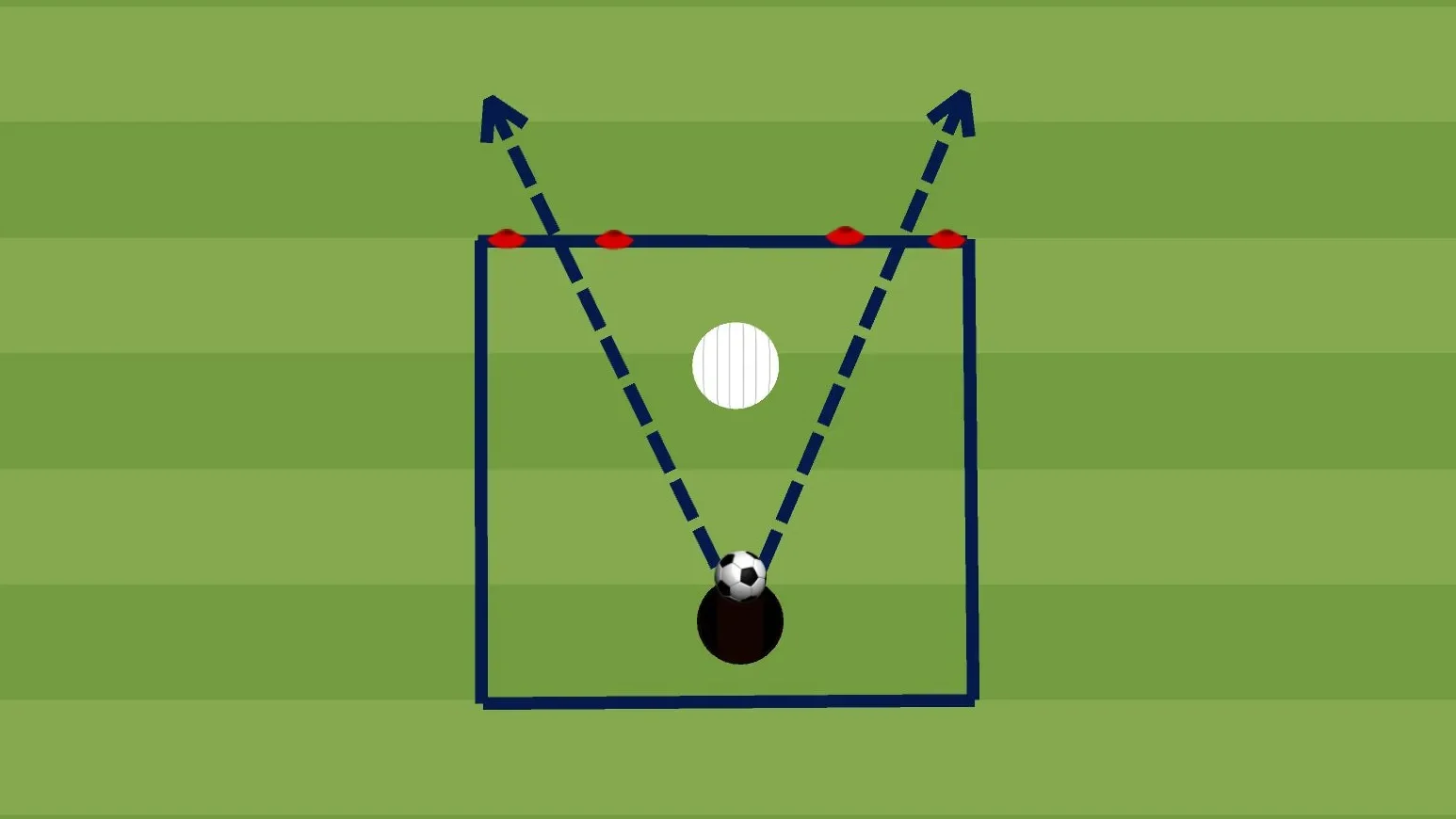
Fullbacks: High-Speed Endurance and Recovery
Drill: Overlap Recovery Runs
Setup: Flank zone (20-25m), cones to simulate overlap start and recovery point.
Execution: Sprint overlap (20m), deliver cross/pass, recover to defensive position.
Reps: 4–6 reps per set, 1:2 work\:rest ratio.
Focus: Repeat sprint ability, directional change, transition fitness.
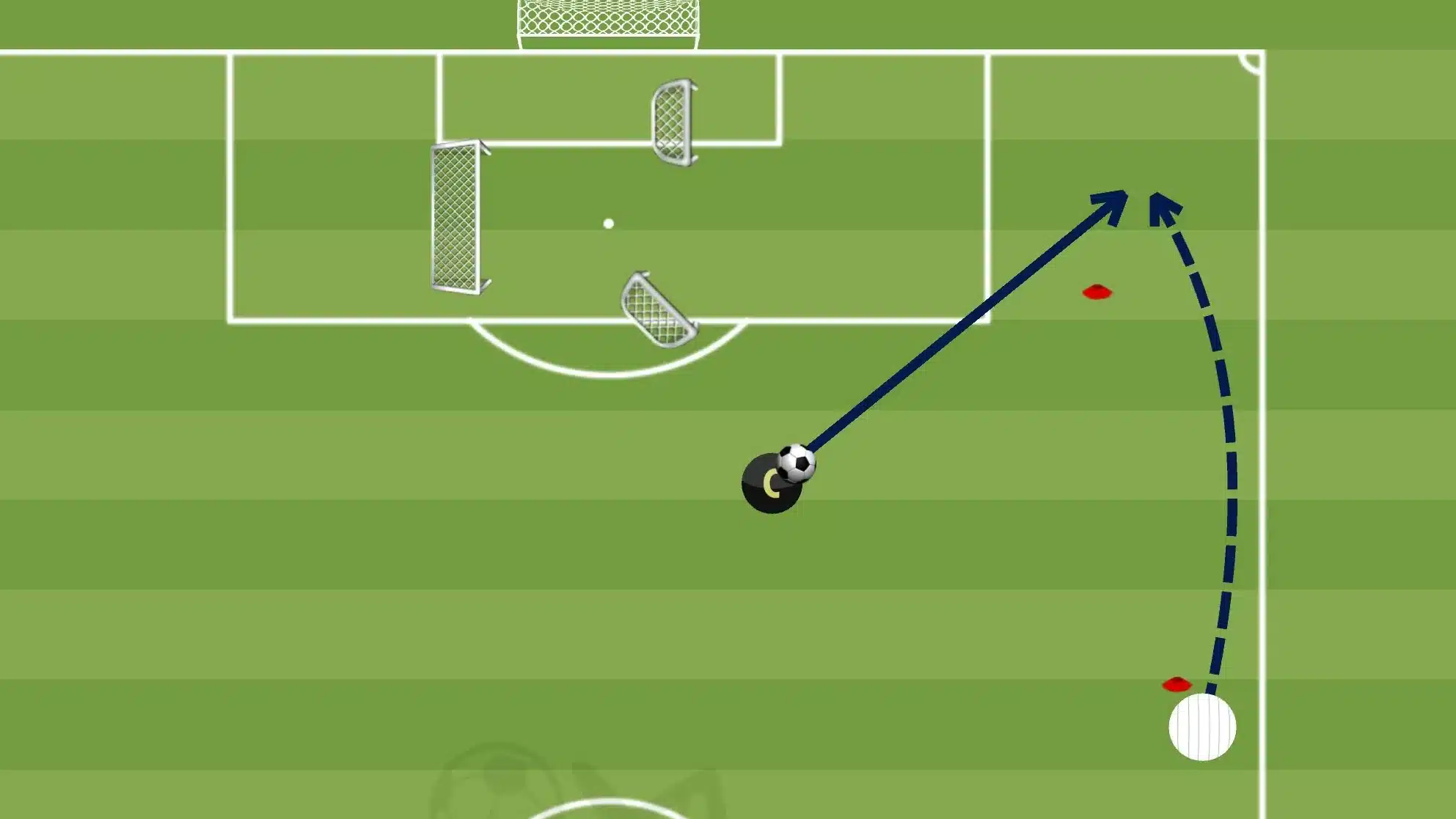
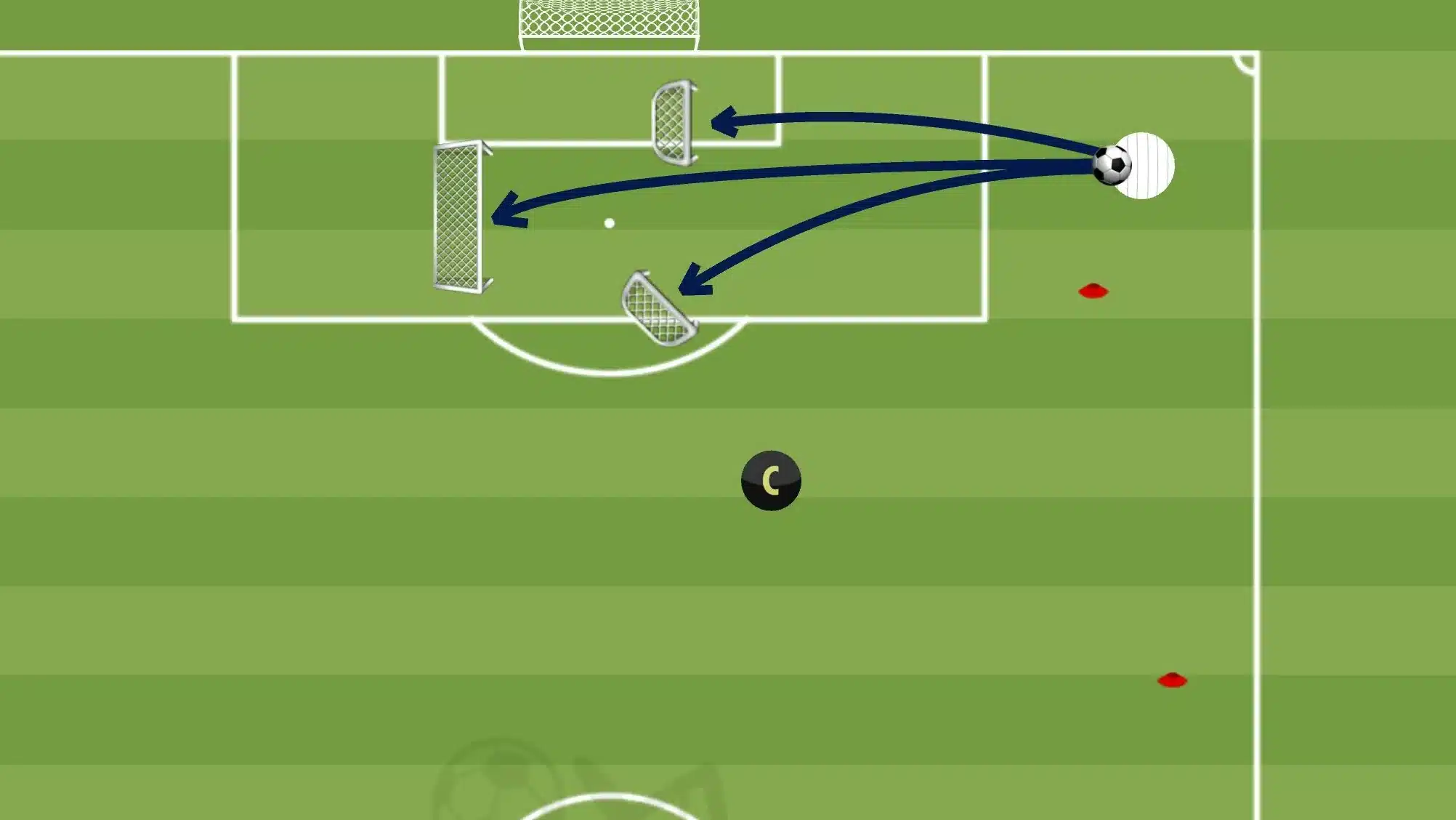
Drill: Transition Channel Shuttles
Setup: 20m channel, attackers simulate counters.
Execution: Sprint to press, drop quickly, then recover to goal-side on each trigger.
Focus: Game-speed recovery, pressing intensity.
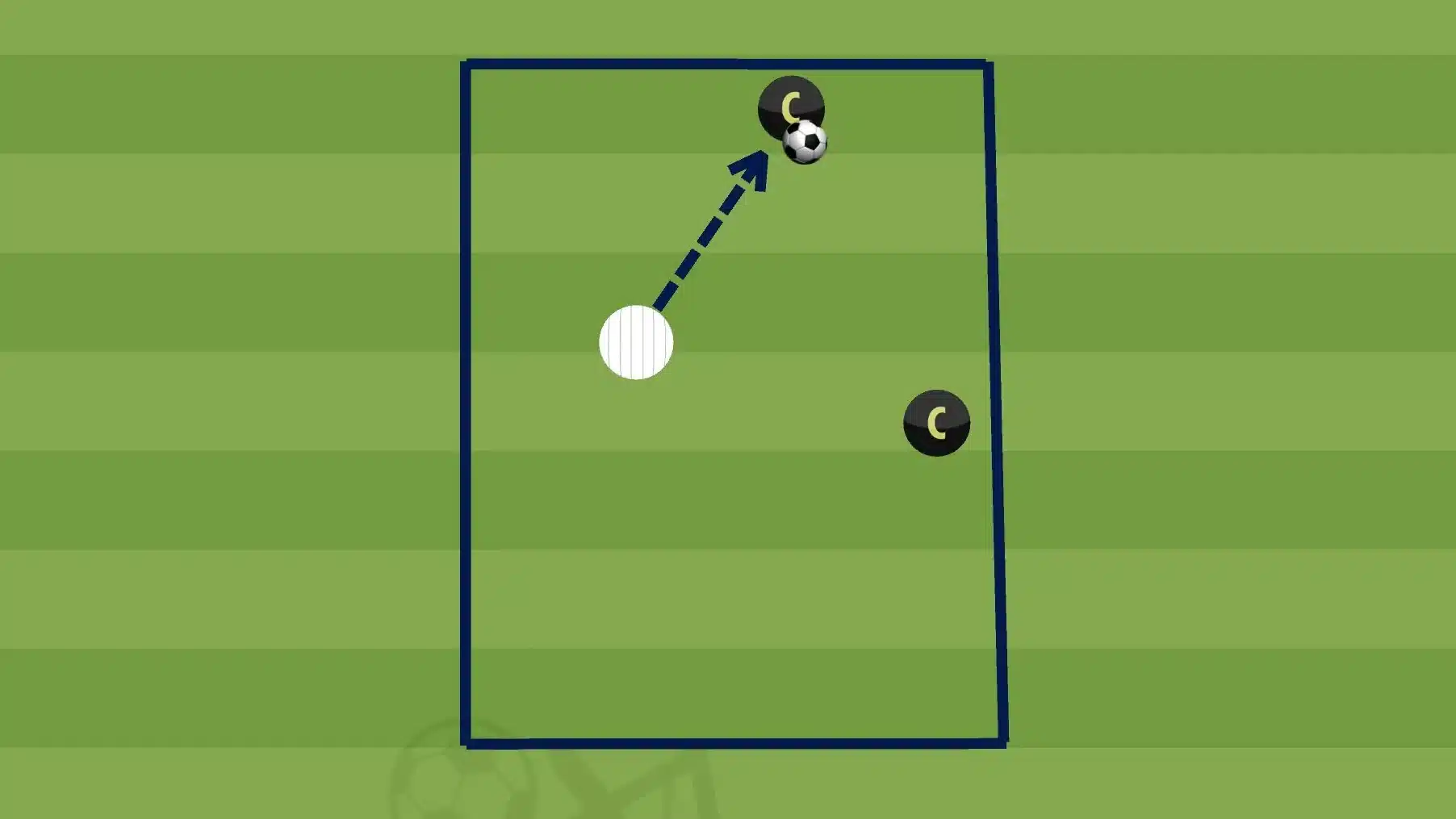
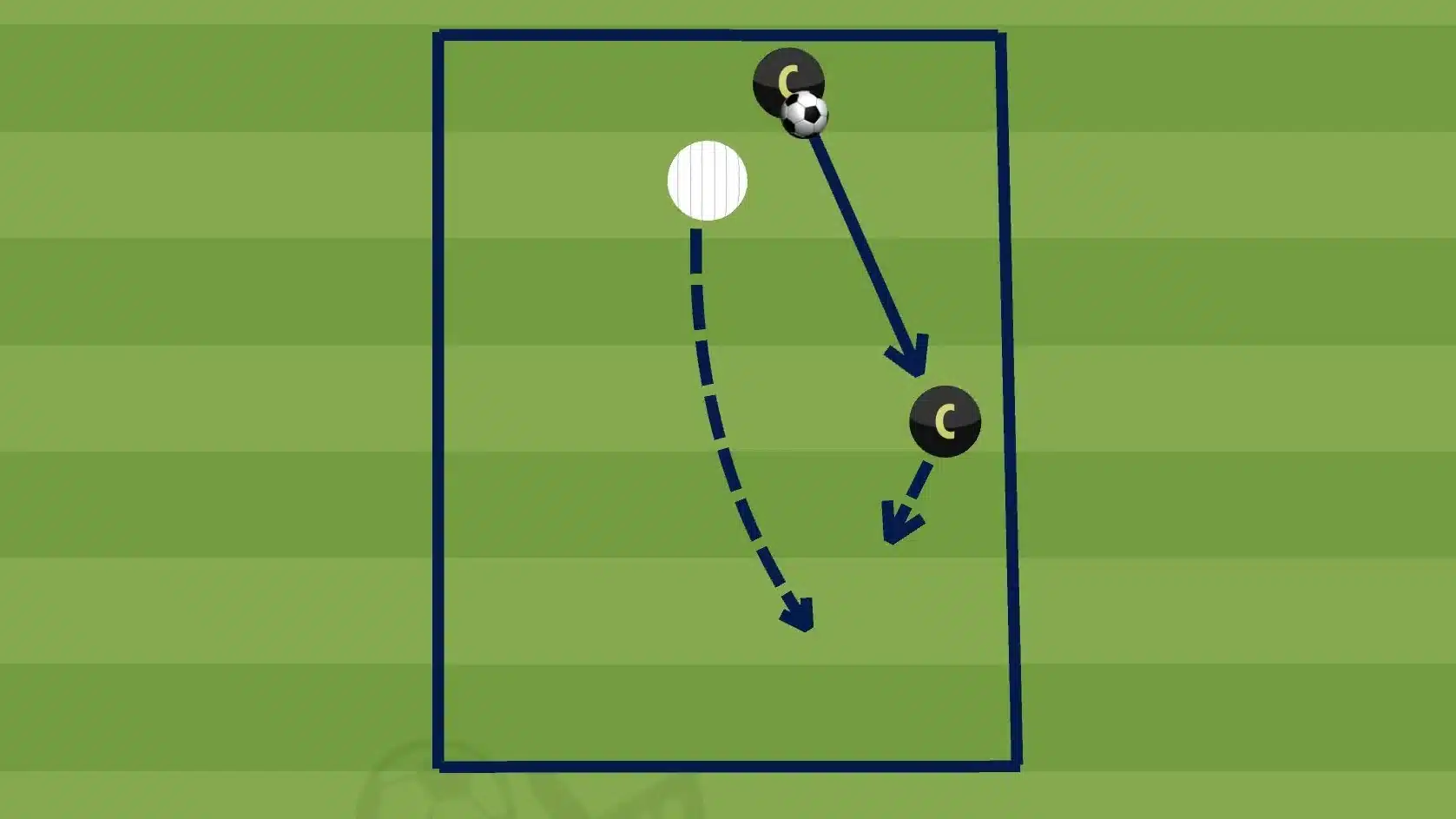
Central Midfielders: Box-to-Box Engine and Agility
Drill: 3-Zone Shuttle Circuits
Setup: Three zones (defensive third, middle third, attacking third).
Execution: Vary between ball recovery, short-passing combinations, and late box entries.
Focus: Aerobic base, repeated change of direction, decision-making under fatigue.
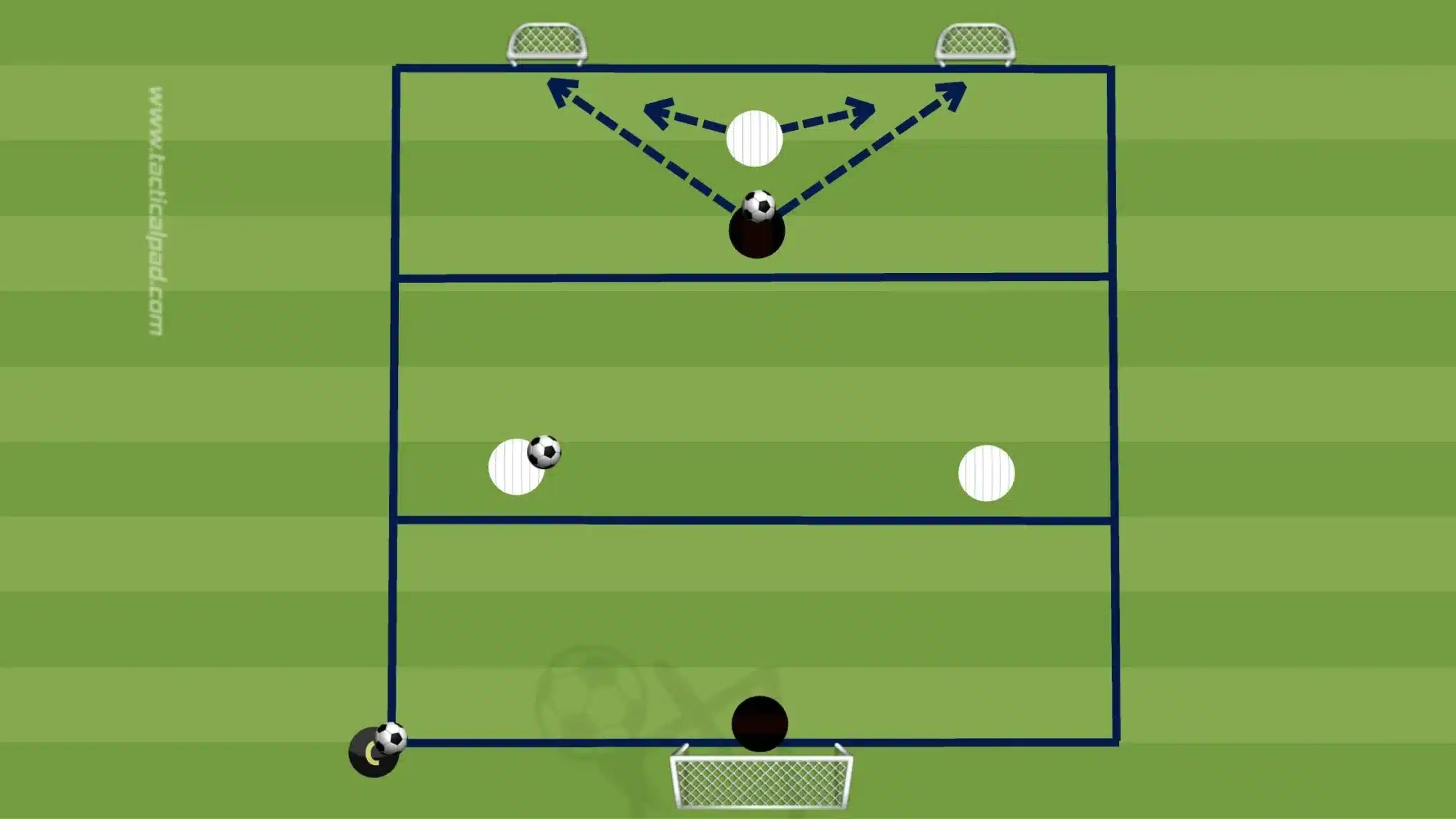
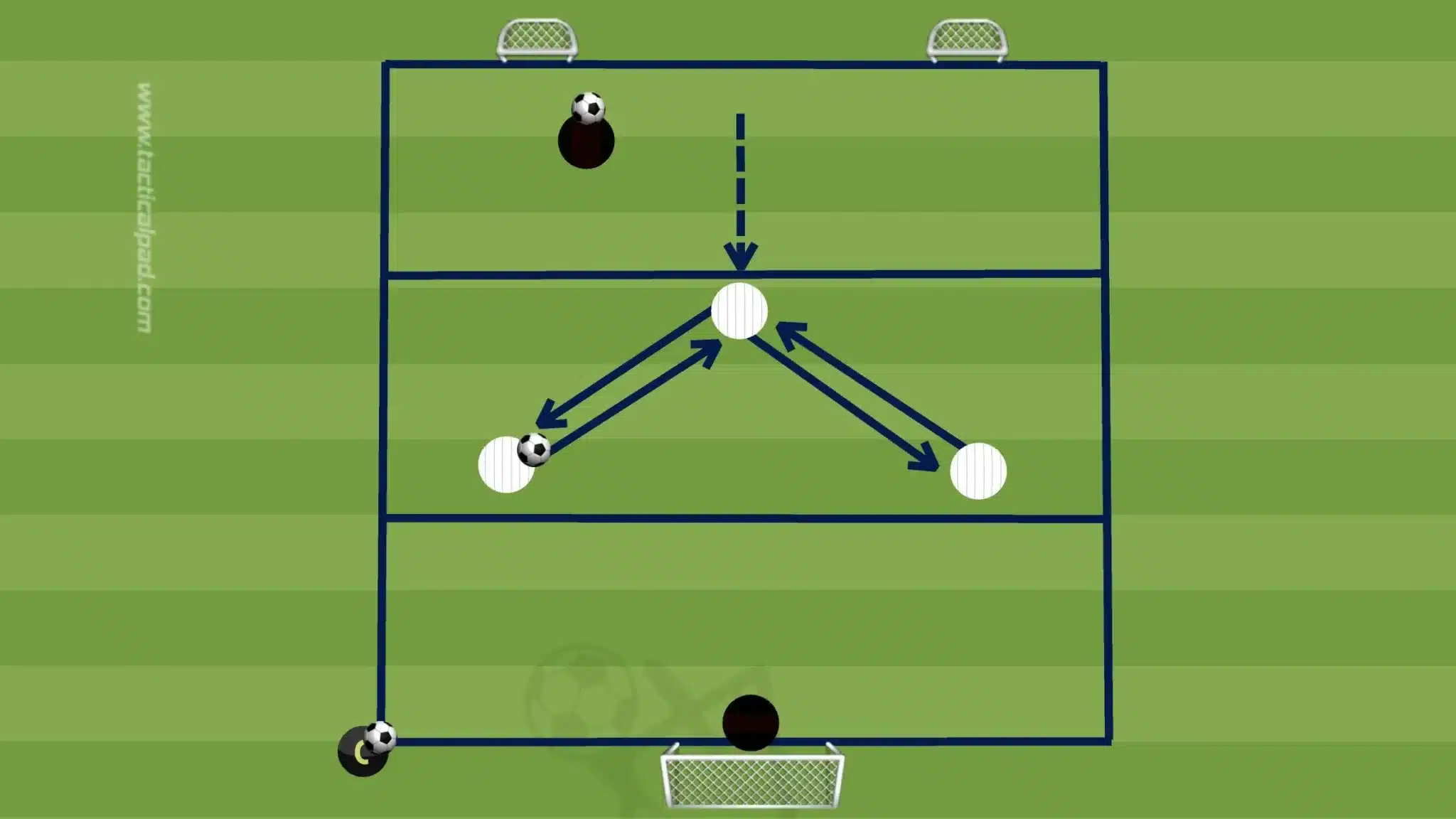
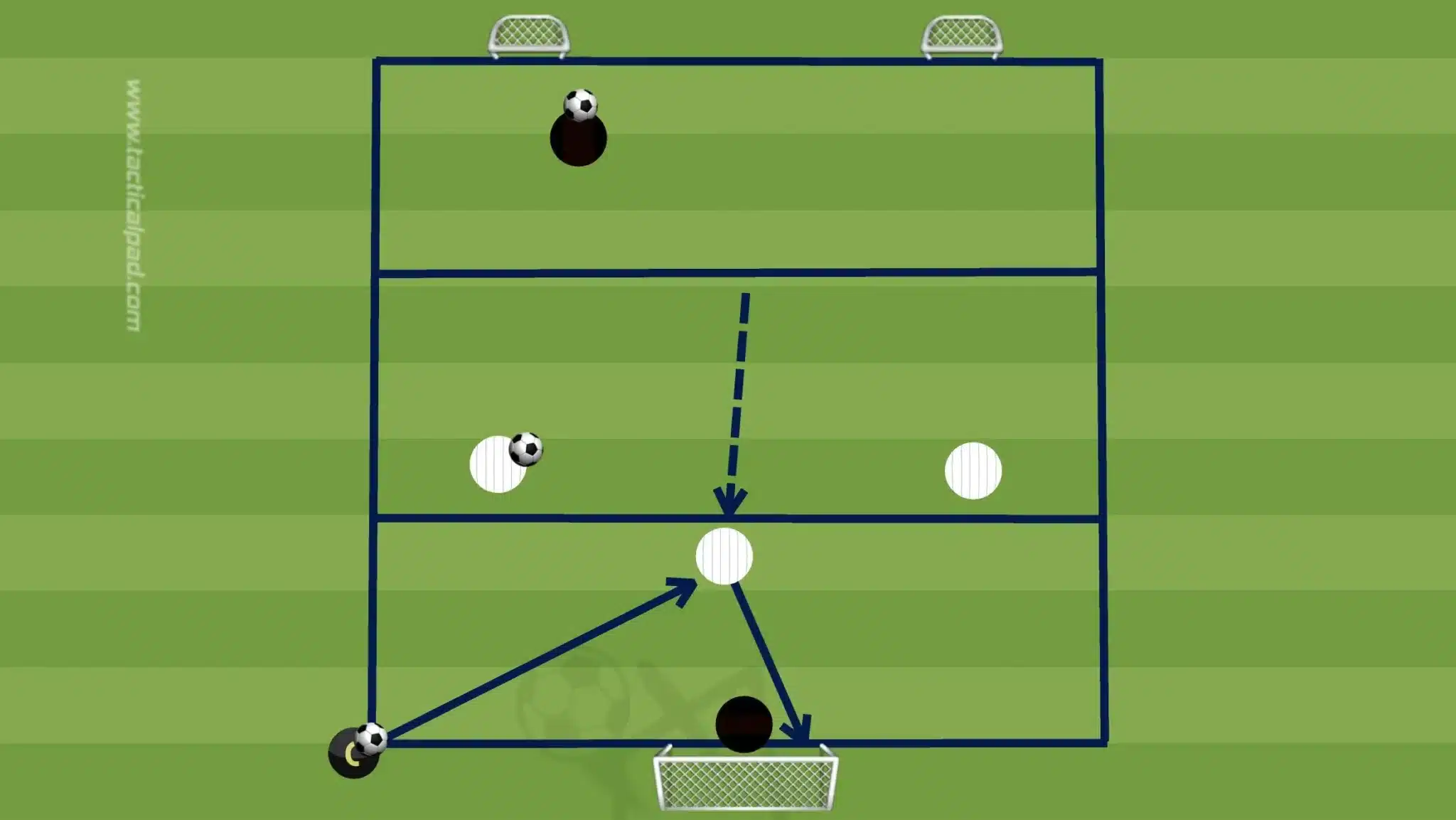
Drill: Passing & Movement Diamond Intervals
Setup: Create a triangle shape with cones (each side 10–15m). Two players at each cone, one ball in play.
Execution: Players pass and follow their pass around the triangle. Every 30 seconds, all players sprint 10m away from the triangle and return to their position, then immediately resume the passing pattern.
Focus: Sharp passing and receiving under fatigue, aerobic fitness, movement coordination.
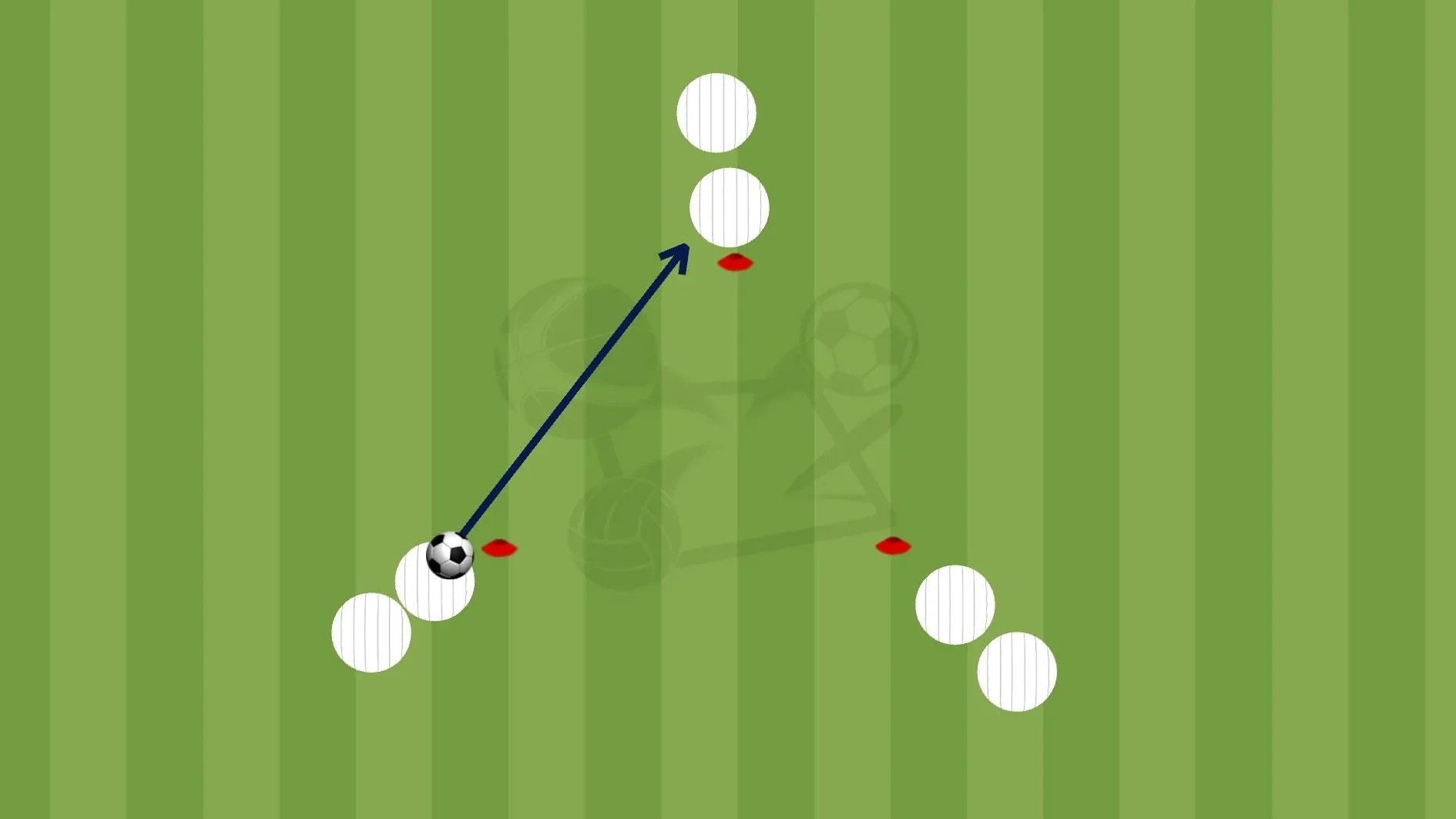
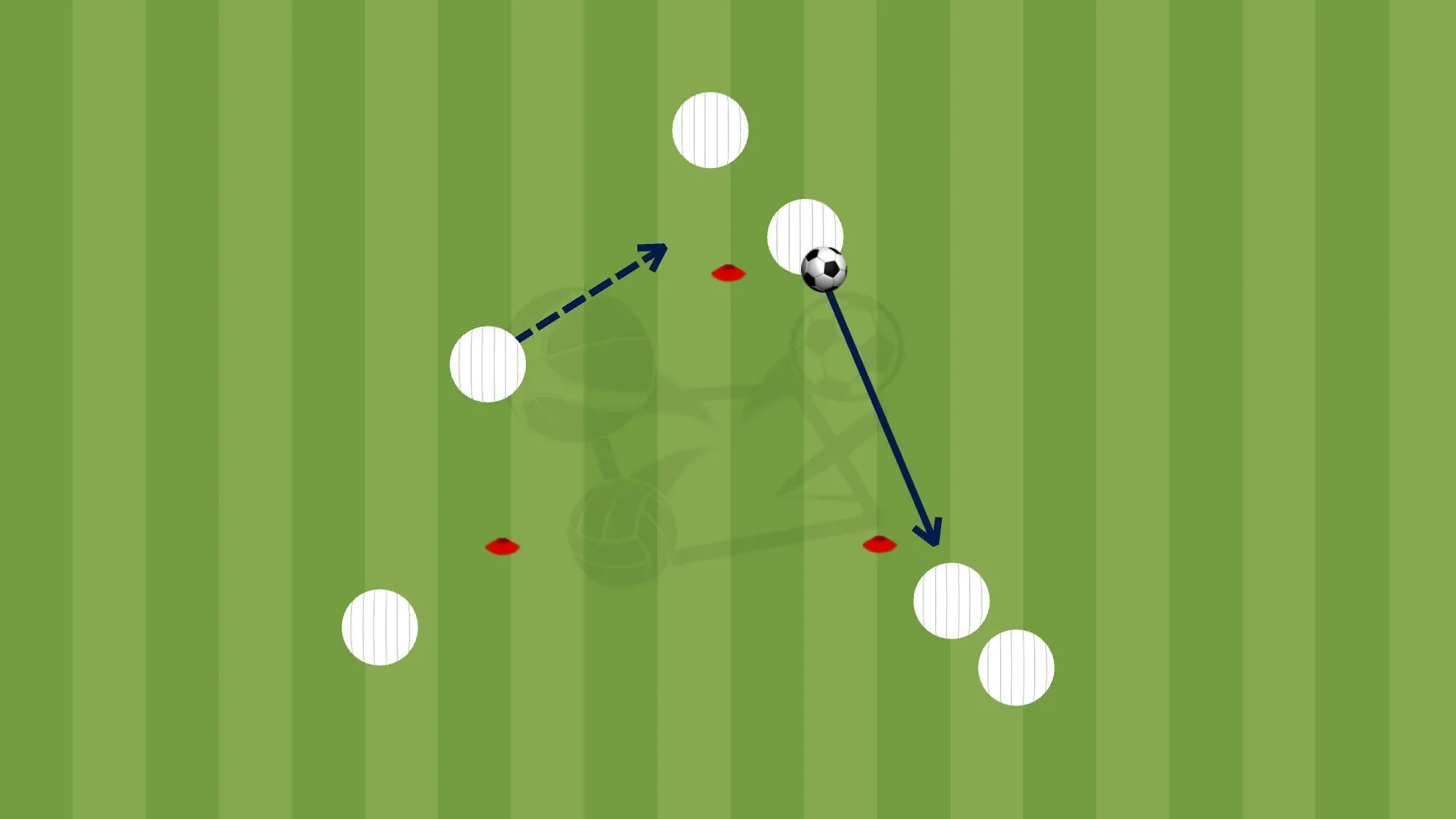
Wingers: Acceleration, 1v1 Fitness, and Sprint Endurance
Drill: Dribble & Cut Repeats
Setup: 15-20m dribbling course with cones.
Execution: Explosive dribble, change direction at each cone, finish with a cross or shot.
Focus: Acceleration with the ball, body feints, directional explosiveness.
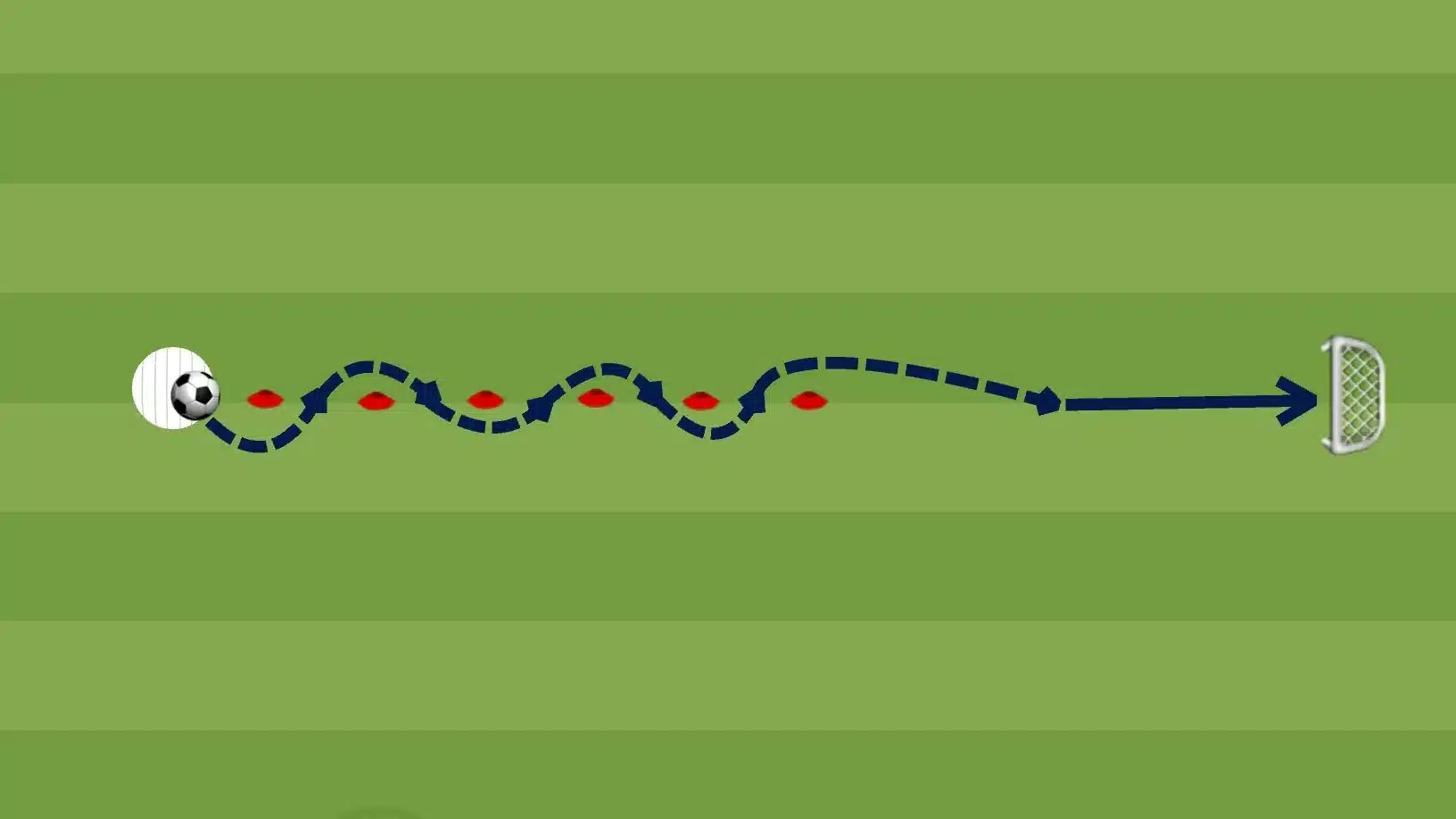
Drill: High-Speed Wing Shuttles
Setup: 30m sprint lanes.
Execution: Sprint from start to end, jog back. After 4 reps, perform a 1v1 attacking action.
Focus: Sprint endurance and attacking output while fatigued.

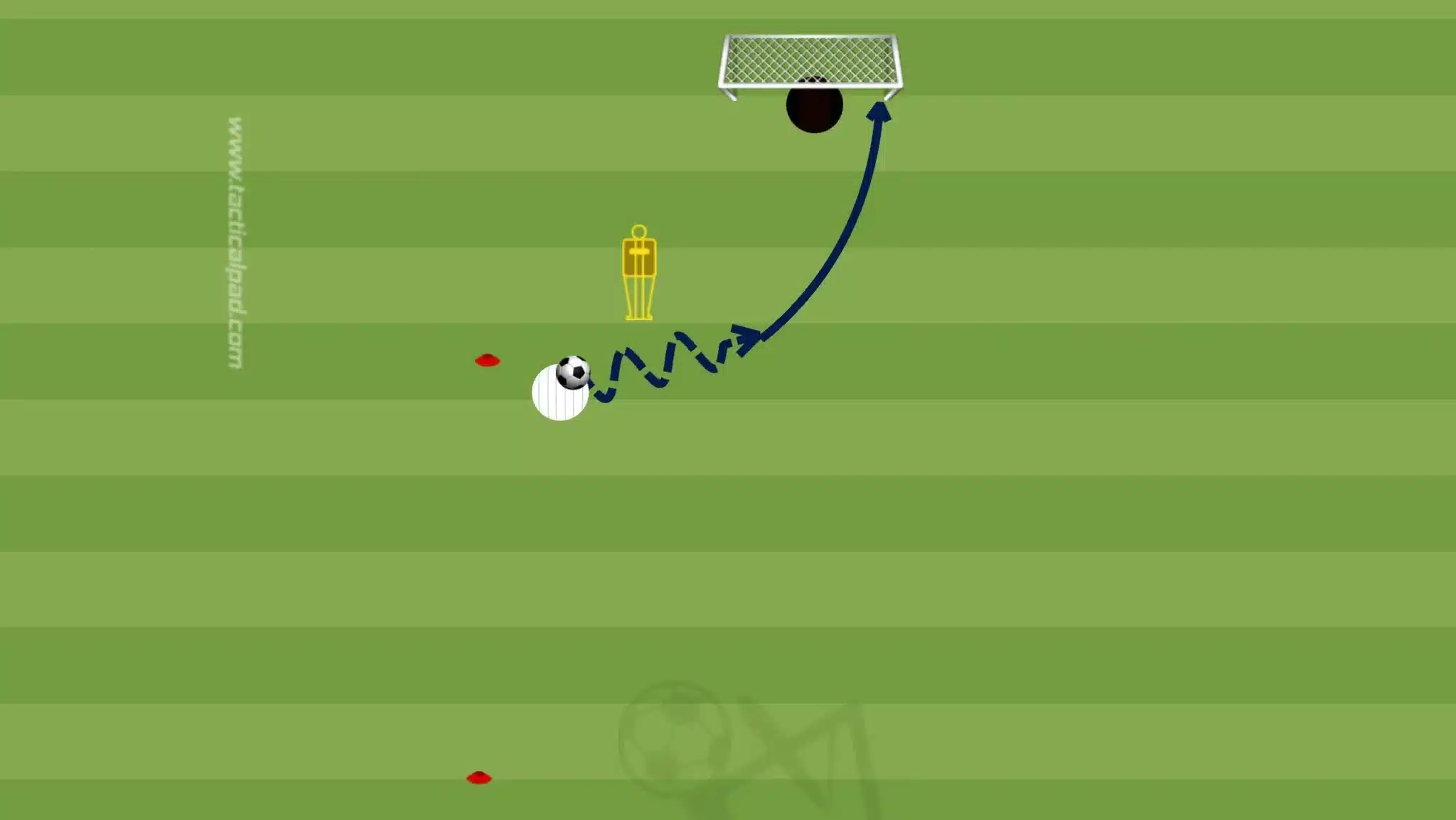
Forwards: Sharp Movements and Finishing Under Fatigue
Drill: Multi-Directional Box Movement + Finish
Setup: 18-yard box with 4-5 cones simulating movement triggers.
Execution: Sprint from cone to cone (double movement), then attack cross or through ball.
Focus: Match-realistic movement patterns, finishing under pressure.
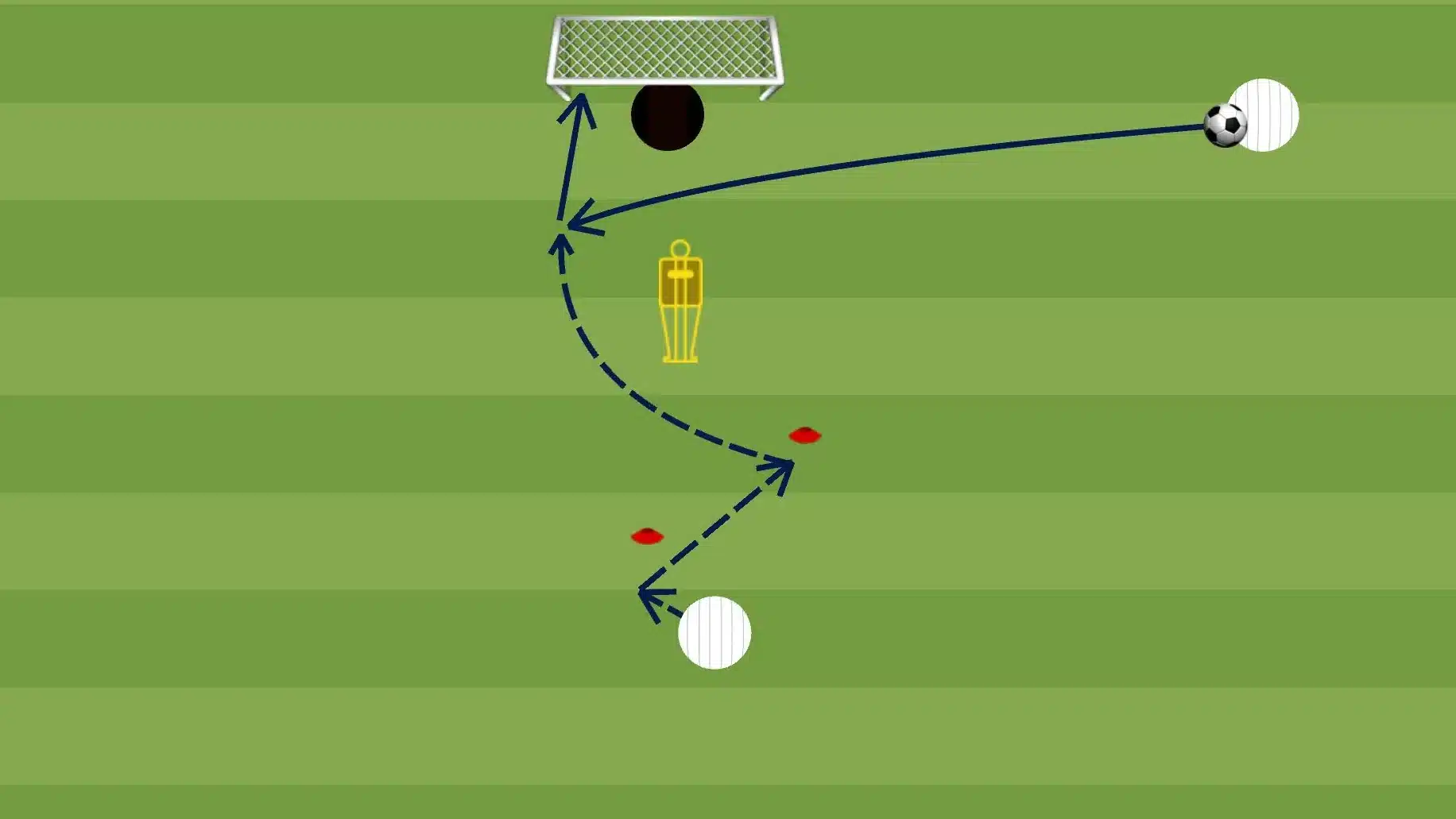
Drill: Spin and Score
Setup: Start cones, target goal.
Execution: Receive the ball with the back to goal under pressure from a defender. Spin away into space and finish on goal.
Focus: Anaerobic burst, defensive transition, quick execution.

Final Thoughts
Modern football demands more than just technical ability — it requires position-specific physical profiles optimized for the game’s tempo, space, and tactical complexity. By training with targeted conditioning drills, players can better replicate match scenarios, reduce injury risk, and perform consistently at elite levels.
Whether you’re a coach designing training sessions or a player looking to improve your role-specific fitness, integrating these drills can help you train like a modern pro.
